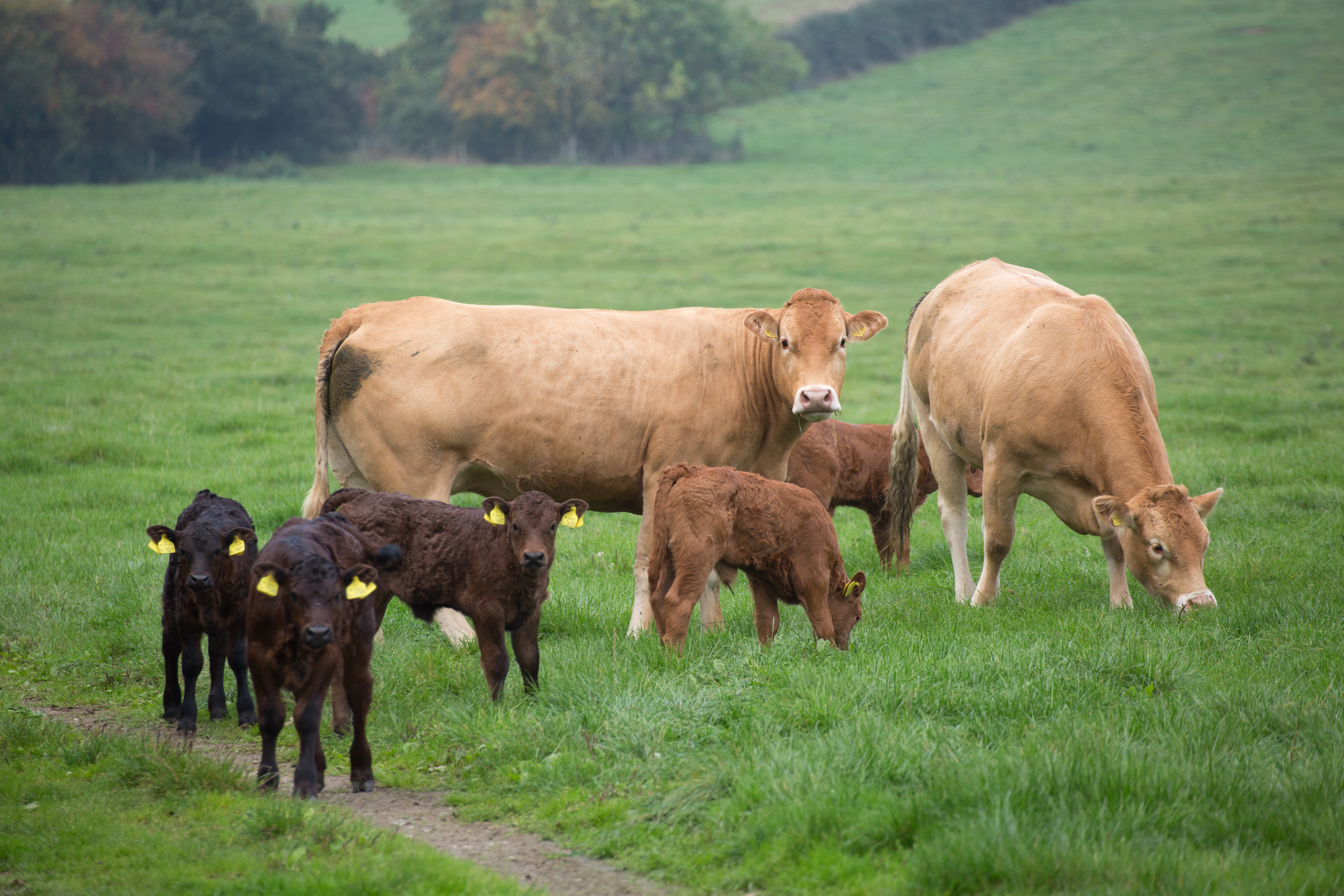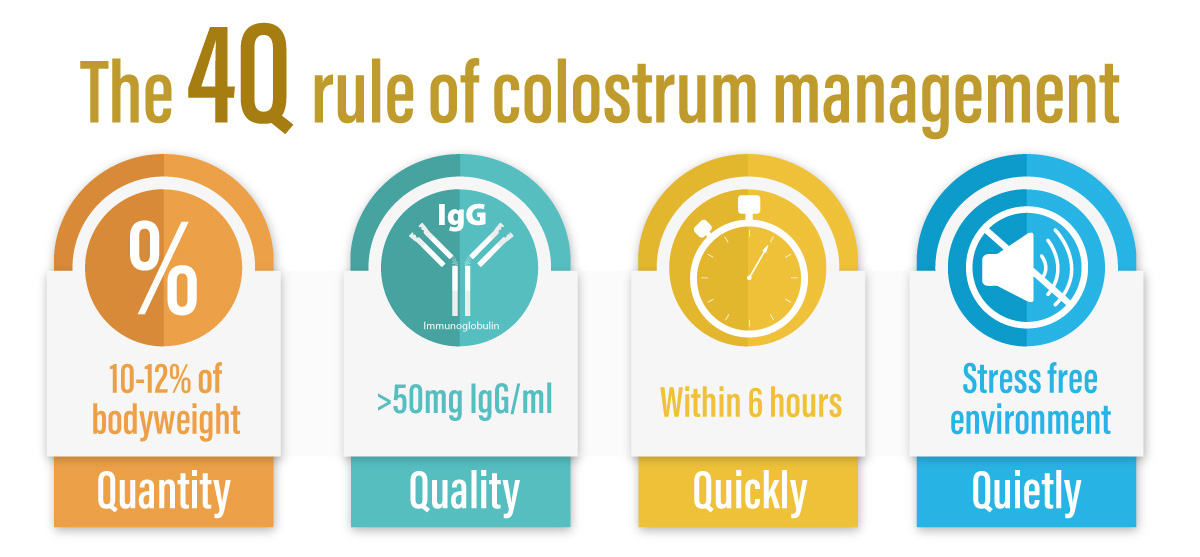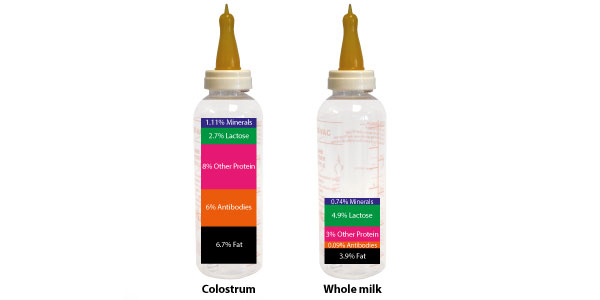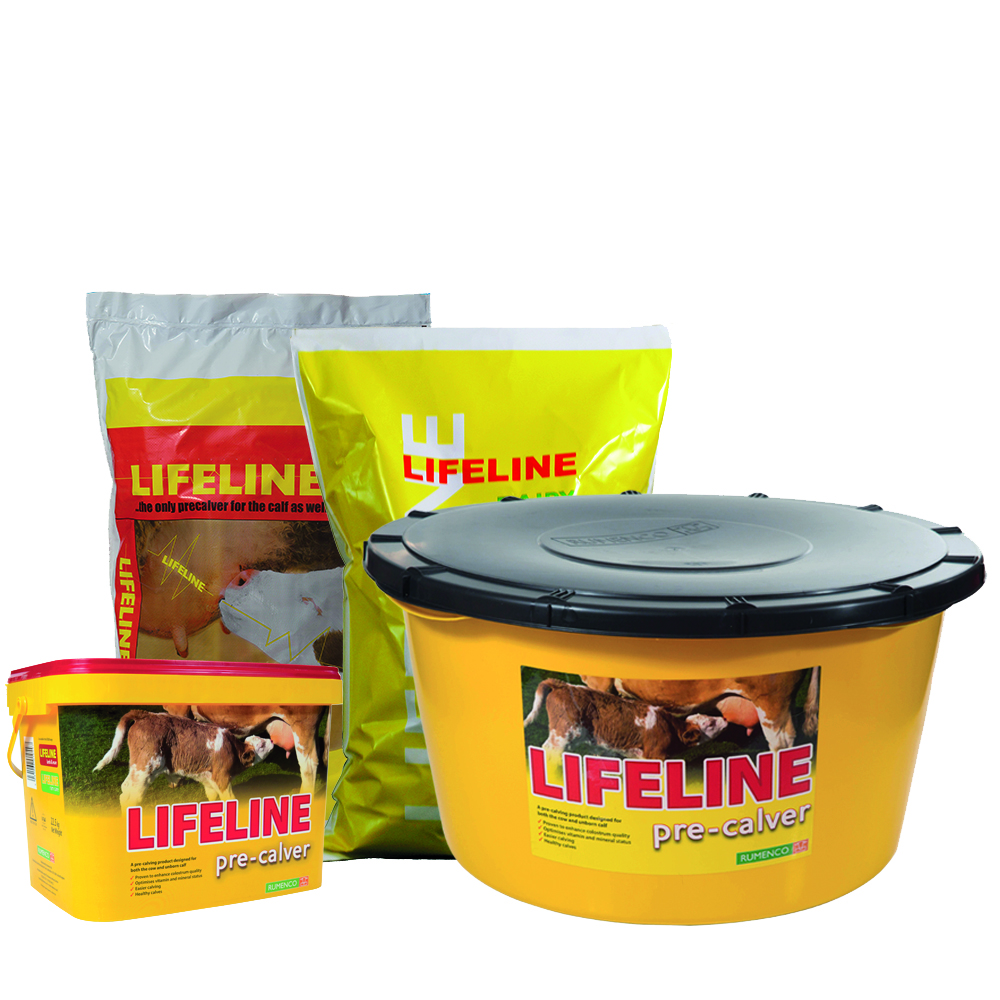How To Provide Your Herd with the Springboard To Success
With an estimated 1 in 7 dairy calves and 1 in 13 beef calves lost to disease during the rearing phase, calf immunity and resistance to disease challenge is fundamental to success. With calves born naive to disease challenge and reliant on the passive transfer of immunity via colostrum in the first hours of life we discussed with Helen Rogers, Rumenco Technical Adviser, how pre-calving nutrition is key to supporting the production of quality colostrum and how far reaching failure to prepare can be.
Calves are born with no circulating antibodies – complex proteins made by the body to fight invading infections – so are completely reliant on the antibodies provided by maternal colostrum (passive transfer) in the first few hours of life. These maternal antibodies protect them against disease challenges in the early days and weeks of life and also form the building blocks to their own immune systems long-term which will not fully develop until 5 to 8 months of age.

Where insufficient antibodies are absorbed into the bloodstream at birth calves are said to have had a Failure of Passive Transfer (FPT). This leaves these calves at increased risk of suffering from scours, pneumonia and other diseases in the rearing phase with the potential to ultimately lead to higher rates of mortality.
The University of Edinburgh found 1 in 7 calves from suckler herds had complete FPT, meaning they hadn’t absorbed any antibodies from colostrum. This may have been due to not receiving any colostrum from their mothers or ingesting colostrum too late after birth. The study also found 1 in 3 suckler calves had partial FPT, suggesting that whilst they had received some colostrum this was either in too small a volume, of poor quality or was not fed soon enough after birth to allow them to absorb sufficient antibodies.
In a separate study The University of Calgary showed a clear link between difficult calvings and the failure of calves to ingest sufficient colostrum within 4 hours of birth, leading to drastically increasing the likelihood of FPT.
So what can you do to help improve the likelihood of calves meeting their colostrum requirements?
It is crucial that calves consume 10% of their bodyweight in colostrum within the first 6 hours after birth meaning a 40kg calf must consume 4 litres. This initial intake is key – after 18 hours the number of antibodies absorbed by the calf is minimal although they do remain in the gut, providing local protection against infection.

Where suckling is the sole source of colostrum, a calf must feed continuously for at least 20 minutes to take in 2 litres. If calves are weak, have had a difficult calving or are struggling to suckle, feed colostrum via a teat bottle or stomach tube to help support this vital colostrum intake.
Where possible, colostrum quality should be measured using a colostrometer or correctly calibrated brix refractometer – visual assessments are mis-leading and should not be relied upon. Colostrum should contain at least 50mg/ml of IgG antibody. Where levels are below these alternative sources of natural, or replacement, colostrum should be sought for calves less than 24 hours old.
Preparing for calving
Correct pre-calving nutrition is essential to support calves getting off to the best start. Feeding dry cows correctly, with consideration taken to achieve target body condition scores at calving, can directly influence colostrum production and calving ease. Over-conditioned cows are at greater risk of a difficult calving, whereas cows in poor condition are more likely to produce weak calves that will be later to stand and suckle, as well as producing poorer quality colostrum.

Colostrum production begins approximately 5 to 6 weeks pre-calving, peaking at around 2 weeks pre-calving. As well as ensuring correct body condition, providing cows with the recommended levels of minerals and vitamins can also help improve both colostrum quantity and quality. Trace elements such as selenium and zinc support immunity so are key in pre-calving diets to help ensure cows are able to produce sufficient antibodies to concentrate into colostrum.
As with antibodies, vitamins A and E do not pass across the placenta to the unborn calf, therefore providing pre-calving cows with high levels of these vitamins can help ensure colostrum contains the levels required by calves for immune development. Other nutritional supplements such as mannan-oligosaccharides (MOS) and beta glucans also help support the cow’s immune function for improved colostrum quality.
Available as a lick bucket, palatable mineral crumb or high specification dairy mineral, Rumenco’s specialist LIFELINE Pre-Calver product range helps ensure all areas are covered. Specifically formulated to include an optimal supply of key minerals and vitamins, plus other nutritional supplements, it is targeted to feed during the final 6 weeks before calving to help support a successful calving and the production of quality colostrum

The LIFELINE Pre-Calver bucket has been proven to increase the IgG content of colostrum by 9.5% when compared to a standard magnesium bucket. Costing just an additional £2.50 per cow (based on RRP) over the recommended 6 week feeding period then given the unique benefits of the product and the resulting potential improvement in calf health this more than pays for the additional cost.
Focusing on colostrum management and pre-calving nutrition this spring is key to laying the foundations to reducing losses on farm. Adding LIFELINE Pre-Calver either as a bucket, mineral crumb or dairy mineral to your herd’s feeding plan from 6 weeks pre-calving, can help ensure calves are given the best possible start to help support long-term health and productivity.
For further information on our products or to find a local stockist contact us.